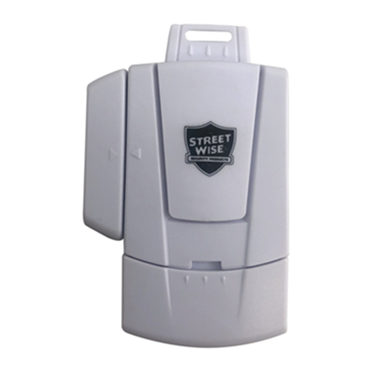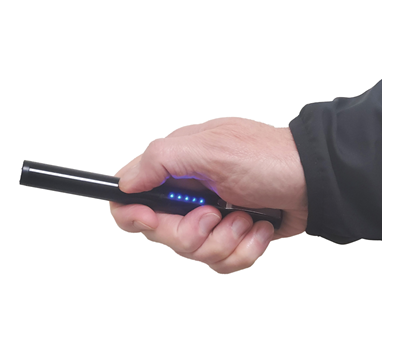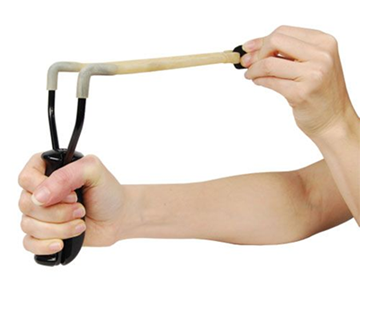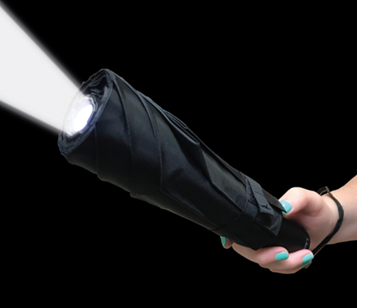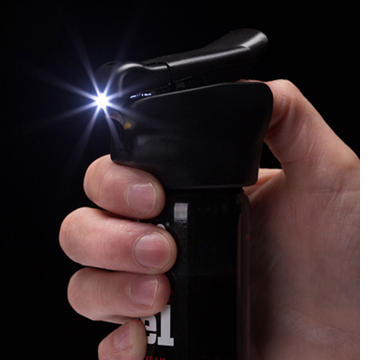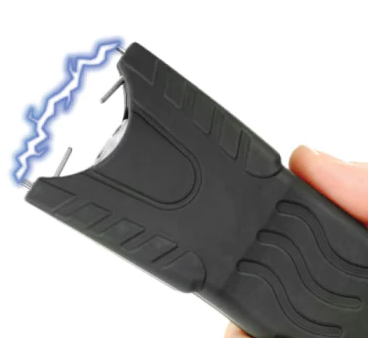Repeat Tasing of People Must Be Limited Before Causing Serious Injury
 The utilization of tasers, specifically by police officers, has always been a highly debated matter within criminal justice policy. This is because the questions surrounding taser use are both straightforward and complicated at the same time. On one hand, the main inquiry is the extent to which the use of tasers is permitted and should be authorized. On the other hand, this question is difficult to answer due to its complexity.
The utilization of tasers, specifically by police officers, has always been a highly debated matter within criminal justice policy. This is because the questions surrounding taser use are both straightforward and complicated at the same time. On one hand, the main inquiry is the extent to which the use of tasers is permitted and should be authorized. On the other hand, this question is difficult to answer due to its complexity.
There are a few basic principles that all parties should acknowledge. Firstly, it is better to incapacitate a violent person rather than to take their life. Secondly, taser use should only be allowed to the extent that it is necessary for the user's safety and minimizes the risk of harm to suspects. Thirdly, users should have some understanding of the potential effects of using a weapon on a suspect before deploying it.
The majority of tasers are produced by Axon (formerly Taser International) that can be used in either of two modes with different impacts on the body. When activated in firing mode, a taser will launch two probes 15 to 25 feet away and are set to deliver five-second bursts of electricity. However, if the operator continues to pull the trigger, the electrical charge can persist indefinitely. The probes are linked to copper wires and remain connected to the subject, allowing for repeated shocks as long as both probes stay attached. Tasers have laser sights for accurate targeting, built-in memory to log the date and time of each use, and use 26 watts of electrical output to deliver a 50,000-volt shock designed to overload the subject's central nervous system, leading to muscle tissue contraction and immediate collapse.
When used in "drive-stun" mode at close range, the taser targets the sensory nervous system instead of the central nervous system. This mode uses the taser as a pain compliance technique without the air cartridge, delivering shocks directly to the subject's skin or clothing. The duration is the same as the firing mode (five seconds unless the operator keeps their hand on the trigger).
Research suggests that a single five-second shock does not result in serious or permanent injury in healthy, sober, non-pregnant young adults. However, there is evidence of health risks for those who do not fit these criteria.
According to Axon, the TASER device can result in strong muscle contractions that may lead to physical injuries and can cause strain-type injuries to soft tissue, organs, and bones. Those with pre-existing injuries or conditions may be more susceptible to injury. The strong muscle contractions may result in secondary injuries and increase the risk of serious injury or death under certain circumstances, such as use on an infirm or pregnant person or in water where the inability to move can lead to drowning. Prolonged or continuous exposure to the TASER device can contribute to cumulative exhaustion and increase medical risks. TASER probes can cause significant harm if deployed in sensitive areas of the body and repeated electrical stimuli can induce seizures in some individuals. Wounds caused by TASER probes will usually be minor but use in drive-stun mode can result in permanent marks and scarring.
Never use tasers under certain circumstances, such as on vulnerable populations such as children, pregnant women, the elderly, the mentally ill, and those under the influence of drugs, as there has not been sufficient independent testing on the safety of tasers on these groups.
In conclusion, the use of tasers remains a controversial topic in criminal justice policy. There are several principles that all parties should recognize, including the preference for incapacitating a violent person overtaking their life, the use of tasers only when necessary for the user's safety and minimizing harm to suspects, and a basic understanding of the potential effects of using a taser on a suspect. Research suggests that the use of tasers on healthy, sober, non-pregnant young adults is unlikely to result in serious injury. However, there are potential health risks for those who do not fit these criteria, including muscle contractions, strain-type injuries, and increased medical risks. Tasers should never be used on vulnerable populations such as children, pregnant women, the elderly, the mentally ill, and those under the influence of drugs due to insufficient independent testing on their safety.

